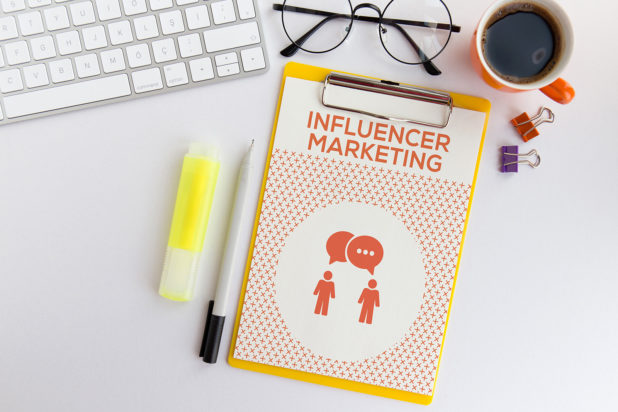
Social media marketing is a highly effective way to reach the online consumer. Certain channels have proven to be significantly influential for many shoppers. A Corra study found that the following social media posts influenced purchases of people who prefer online shopping:
- Facebook ads and posts: 55 percent
- Instagram posts: 48 percent
- YouTube videos: 36 percent
- Pinterest images: 28 percent
- Tweets: 16 percent
Social posts also influenced the purchases of those who prefer in-store shopping (and in some cases, at a higher rate):
- Facebook ads and posts: 70 percent
- Instagram posts: 40 percent
- YouTube videos: 33 percent
- Pinterest images: 25 percent
- Tweets: 18 percent
That said, social media marketing requires a lot of hard work to make an impact on an audience. Often you need a professional videographer, photographer, or marketer to manage it all for you.
Lacking the time, resources, and maybe even know-how to use social media to influence your audience, what choice do you have?
One option is to use something called influencer marketing.
An introduction to influencer marketing
An influencer can be anyone from a celebrity or voice of authority to an established blogger or someone with a large social media presence. They can help grow a product, service, event, brand or social media post with their endorsement, which can come in many forms, from a retweet to a video testimonial or Instagram post. In short, you’re working with someone who possesses the ability to influence the opinions—and spending habits—of others.
Typically, influencers can be categorized in one of two ways: macro and micro.
A macro-influencer is someone who has over 100,000 followers. While many think this is the type of influencer to go after, that is not always the best decision. With that many followers, there is a higher likelihood that the list of followers was “purchased” or it is simply stuffed with fakes. There is also less of a chance they will actively engage with their audience (which doesn’t help if you are trying to get their buy-in).
A micro-influencer, on the other hand, is someone who has between 10,000 and 100,000 followers. Because their list is more manageable and realistic, there’s a greater degree of success businesses see when they partner with these types of individuals. They are more active in terms of engaging with their audience, and the audience tends to be more loyal.
According to an Experticity survey, 82 percent of respondents said they were highly likely to follow a recommendation given by a micro-influencer.
What you need to consider before using an influencer
Want to leverage the reach of a social media influencer? There are some things to consider before proceeding:
1. The Audience
This is not just about finding a person who has set the right price or has the largest audience. Their promotion of your product or service needs to be relevant to what they are known for and reach an audience that’s receptive to your products and services.
2. The Cost
Don’t expect any influencer to do this for free. Consider what you are willing to provide (e.g., sharing their content on your social media channels, an ongoing promotion of their brand, payment per post) and what you get in exchange (e.g., a simple retweet, an ongoing cross-promotional partnership, a shoutout in an upcoming video).
3. The Platform
If your target audience is more of a Snapchat crowd, you might not see the results you want if working with an influencer who only creates YouTube videos.
4. Ethics
The U.S. Federal Trade Commission (FTC) does not look too kindly on influencer marketing when it is used to deceive consumers. If you have paid an influencer to promote your product and it’s not clear that they received payment to do so, that is indeed misleading. According to the FTC, “the ultimate responsibility for clearly disclosing a material connection rests with the influencer and the brand,” so be sure to familiarize yourself with FTC guidelines.
5. Values
Be mindful of the influencers you partner with. You want to work with someone who shares your same values and isn’t just promoting your product because it is more money in their pocket. Online shoppers might trust influencers’ opinions and recommendations, but not if they see that influencer promoting products for anyone and everyone.
If you are spending a lot of resources on social media marketing and just not seeing the kinds of results you want, then it might be time to partner with an influencer. When done right, it has the potential to boost brand awareness and attract new customers to your e-commerce site.
About Endicia
Endicia is a leading provider of internet-based postage services that make it easier and more affordable to ship parcels through the U.S. Postal Service®. We know that shipping can be complex and our goal is to simplify your shipping operations so you can focus on doing what you do best. Visit us at endicia.com to learn more.



